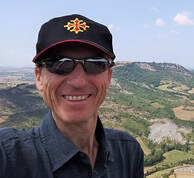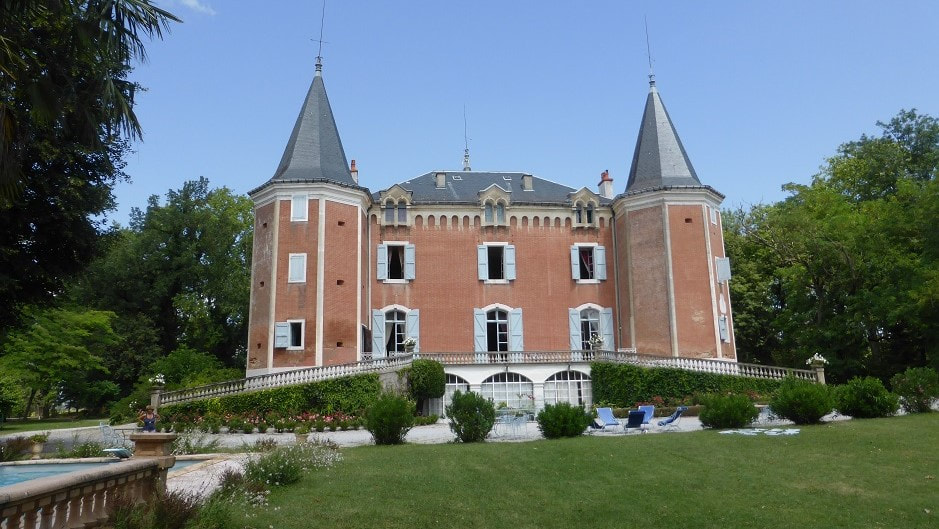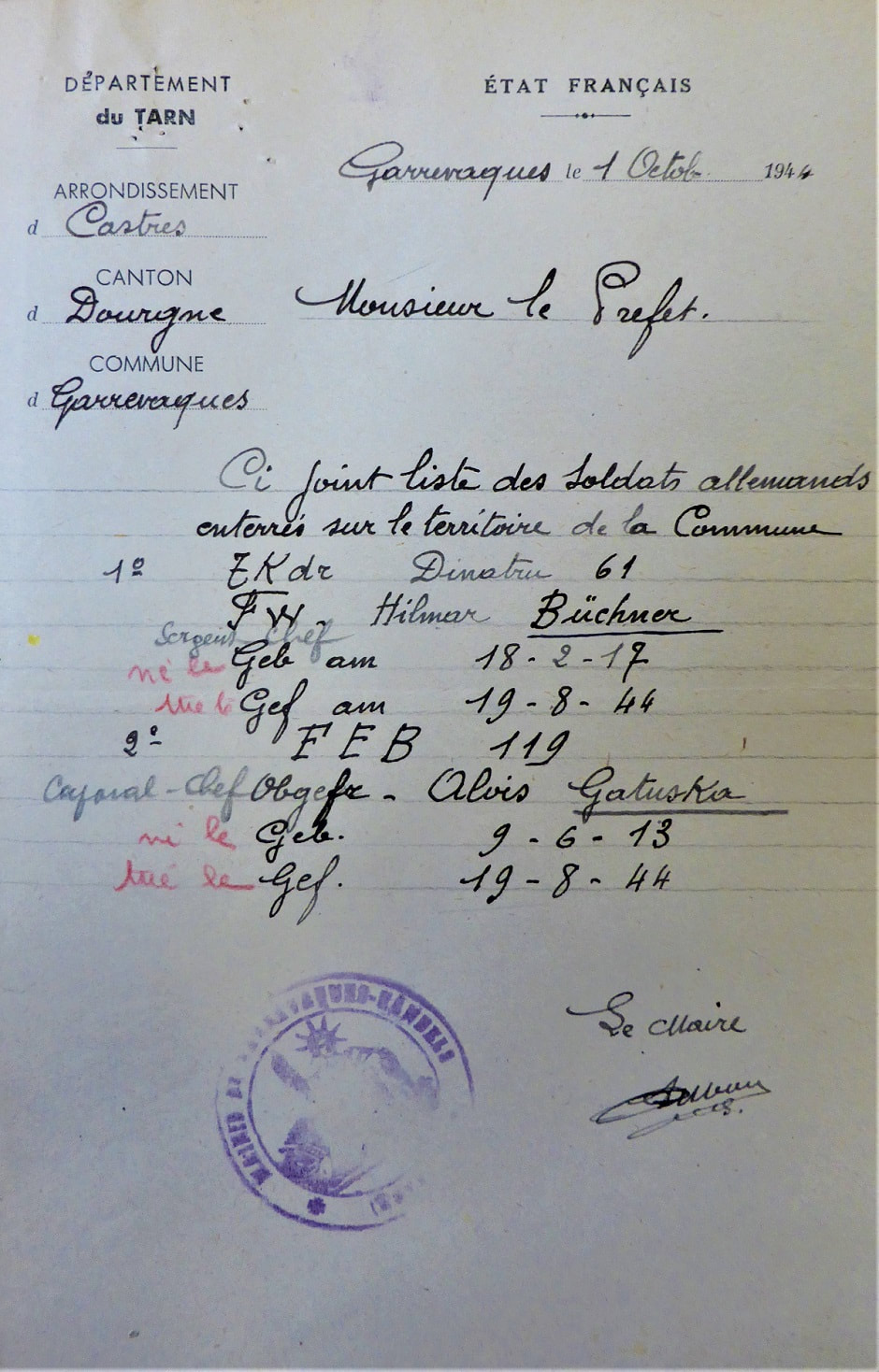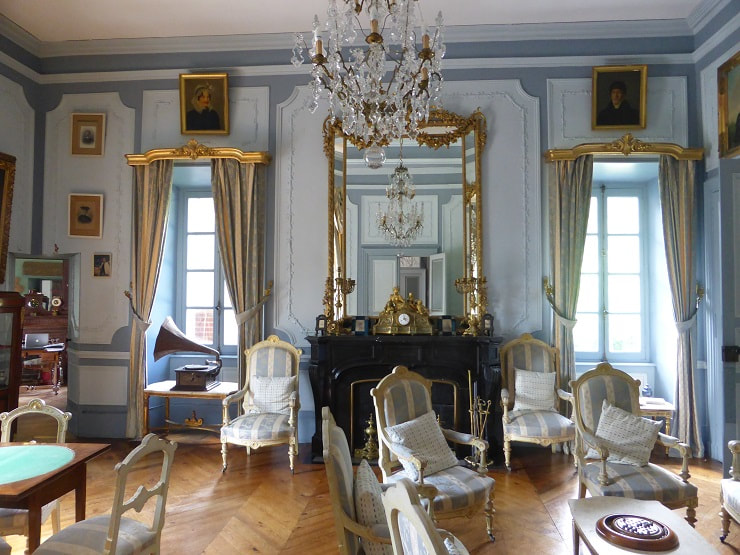Marie-Christine Combes is the sixteenth generation of the same family to reside in the château, and this was one of many stories I had heard from her and her mother about the period when the Wehrmacht commandeered their home. I had often wondered about the identity of these soldiers, and no one seemed quite sure of their unit. Some sources said the troops occupying Garrevaques were from the eleventh panzer division, while others claimed they belonged to the infamous second panzer division, also known as Das Reich, and blamed for the atrocity at Oradour-sur-Glane. I had often speculated that this confusion was caused by the French way of abbreviating ordinal numbers: IIeme (deuxième - second) and 11eme (onzième - eleventh) are easy to confuse unless you spot that one uses Roman numerals and the other Arabic. When I was researching the German Occupation for my book, I felt duty-bound to investigate more thoroughly. Garrevaques and my home lie in the Tarn, and the obvious place to start was in the departmental archives in Albi. But first, I went online to consult the list of dossiers which had not been digitised. From its title, 506 W 230 sounded promising: ‘German soldiers killed and buried in the department. Inquest: instructions and replies from the mayors (November-December 1944).’
TK de Dinatru 61, Sergeant Hilmar Büchner, born 18/2/1917, died 19/8/1944. FEB 119, Lance-Corporal Alvis Gatuska, born 9/6/1913, died 19/8/1944. This date of their deaths tied in with what I had read elsewhere. On 19 August, members of an unidentified Resistance group machine-gunned a German vehicle and killed two of its occupants on the road between Garrevaques and Revel. The wreck was towed back to the Château de Garrevaques, and the two casualties were buried in the park by their comrades.
If you want to know how they tried to blow up the château as they left, or read stories about their operations against the Corps Franc de la Montagne Noire, you will find them in ‘Lauragais: Steeped in History, Soaked in Blood’, or if you visit the château’s hotel-restaurant, you may be lucky enough to hear some of these tales from Marie-Christine herself. Why do Sergeant Büchner and Lance-Corporal Gatuska no longer lie in the park? Between 1958 and 1961, nearly 20,000 German soldiers were disinterred all across southern France and reburied together in the cemetery at Dagneux near Lyon. Most of them were killed after the Allied landings of August 1944. Read the continuation of this story in: from-the-caucasus-to-castres-via-the-red-army-and-the-wehrmacht.html
0 Comments
Leave a Reply. |
Colin Duncan Taylor"I have been living in the south of France for 20 years, and through my books and my blog, I endeavour to share my love for the history and gastronomy of Occitanie and the Pyrenees." |




 RSS Feed
RSS Feed
